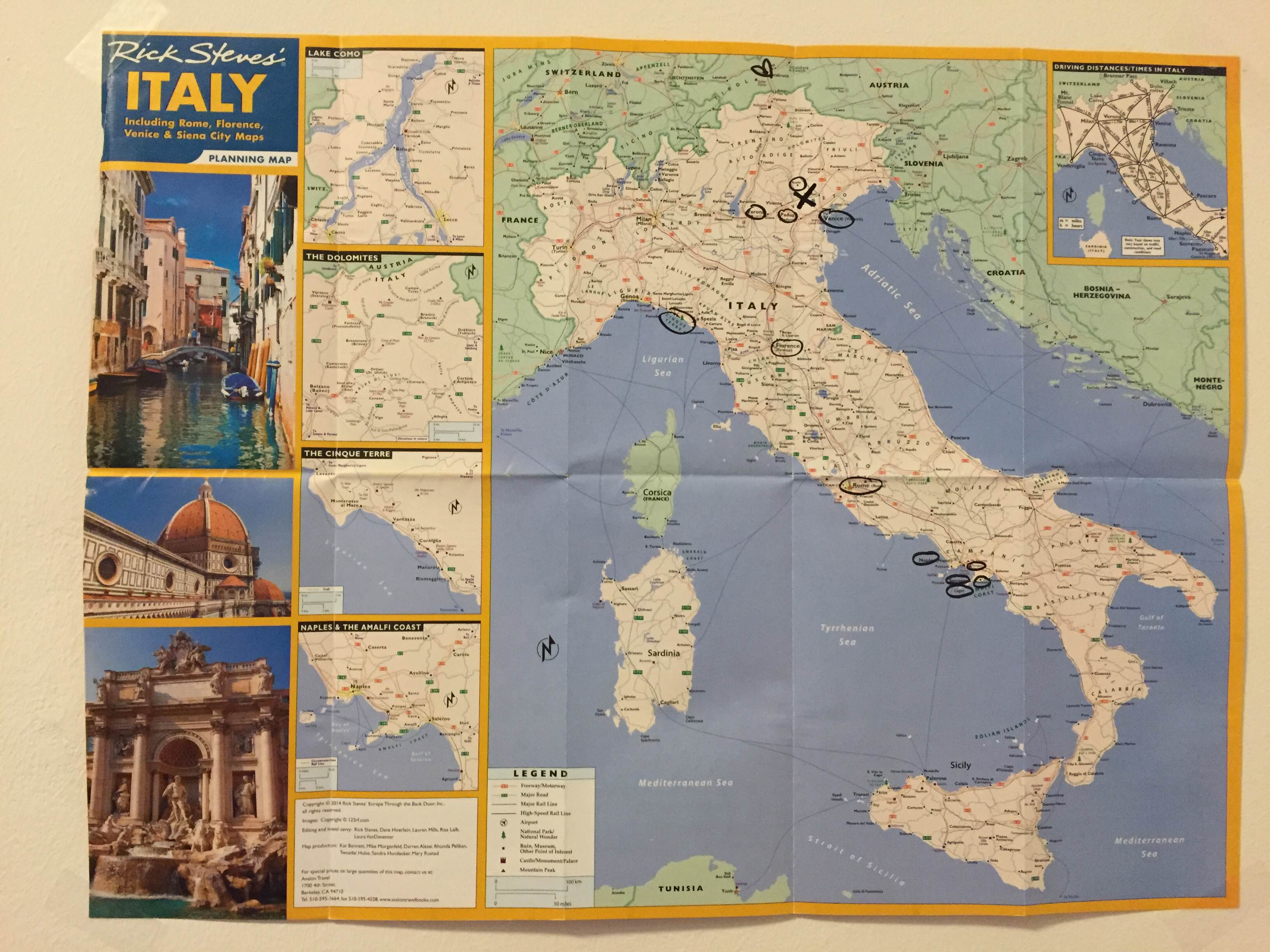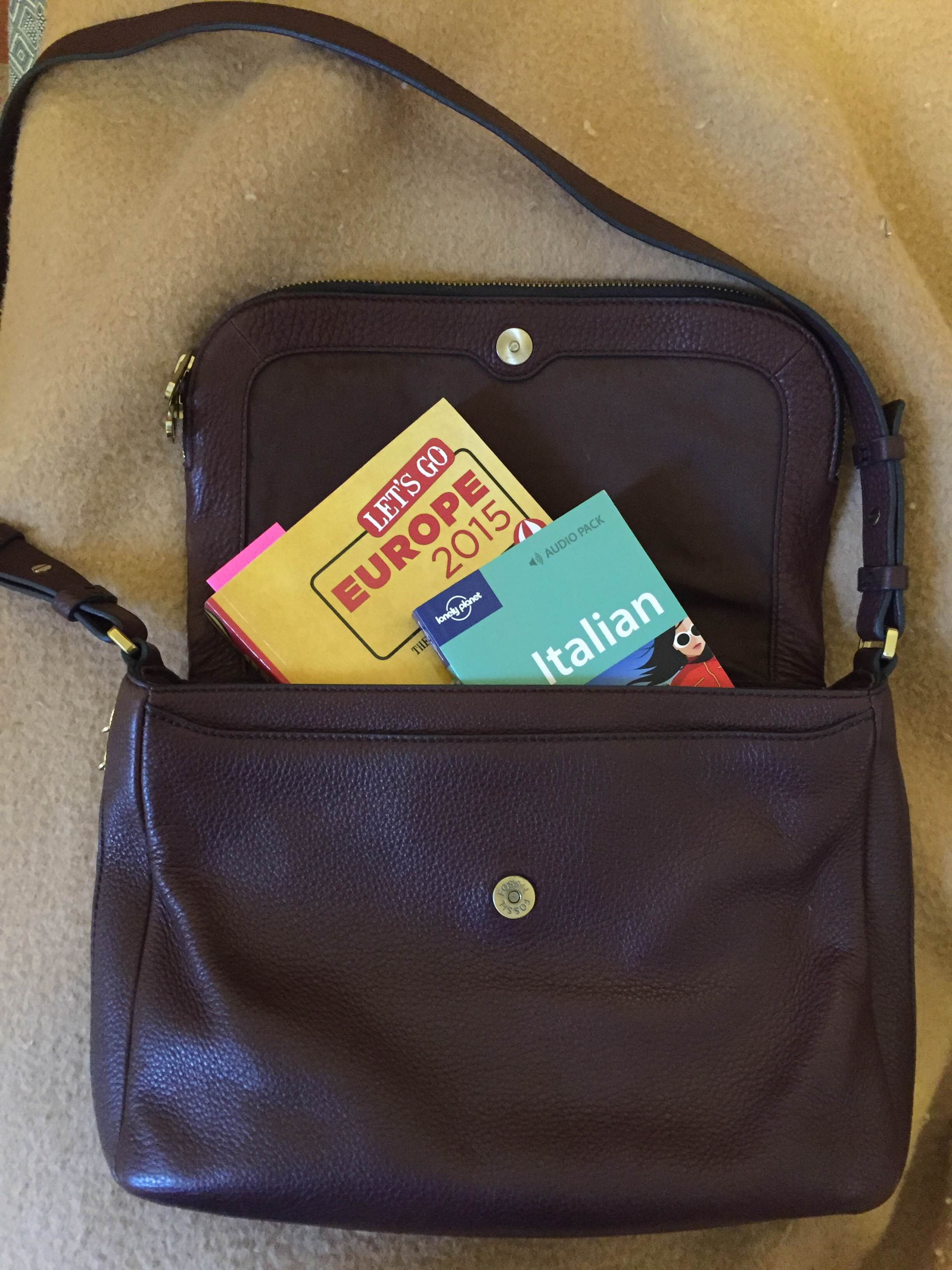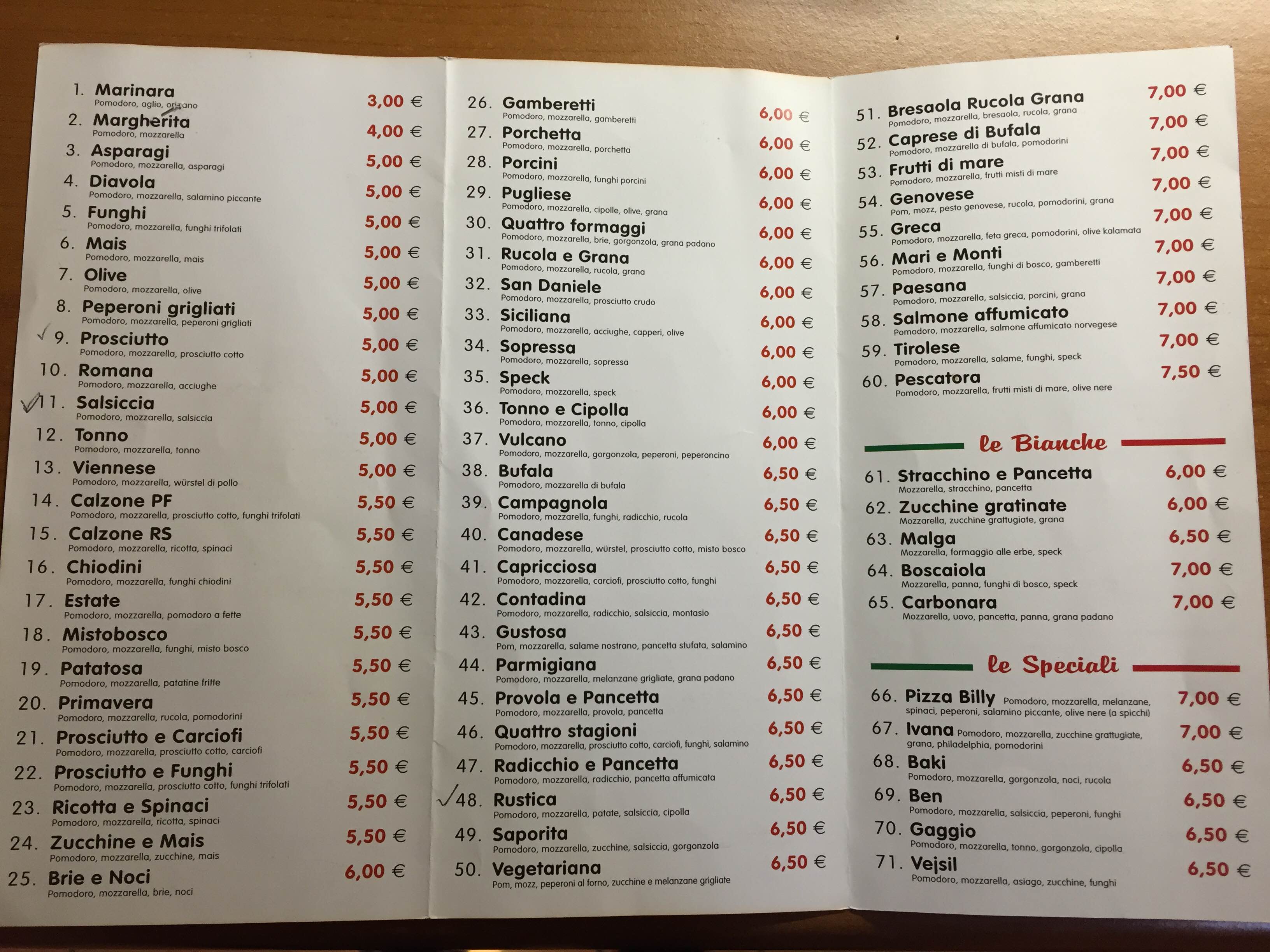
Survival Italian: Language Basics You Should Know Before Your Trip Abroad
Written by Elizabeth November 30, 2015



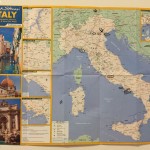


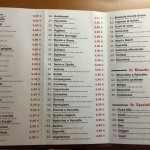

The first thing a lot of people asked me when I told them that I would be spending a semester in Italy was, “Do you speak any Italian?” In fact, I didn’t know any Italian before coming to Italy. However, as soon as I arrived, I wished I had put at least a little bit of effort into learning the basics. I am by no means an expert, but here’s a little crash course on the basic Italian that I’ve found the most useful throughout the semester.
Before we begin, here’s a quick lesson on pronunciation. Vowels are as following:
A as in “ah”
E as in “bay”
I as in “bee”
O as in “oh”
U as in “boo”
“Ciao,” (ch-ah-ow) means “hello,” or “goodbye.” This can be said when entering a restaurant, opening a conversation, or passing someone on the street.
“Per favore,” is please. If you know any Spanish, you’ll start to notice a lot of similarities.
“Grazie,” means “thank you,” and “grazie mille,” means “many thanks,” or “thank you so much.” This phrase has been most useful when someone notices me struggling to figure out a train station and stops to translate for me or offer directions!
“Prego,” has a few different meanings. Primarily, it is used as “you’re welcome,” but it can also be said if someone bumps into you on accident as “that’s okay,” or if you want to tell someone to go before you in line as “go ahead.”
“Scusa,” is the informal version of “excuse me.” To be safe, it might be better to just learn the formal version of “scusi” and stick with that!
“Non capisco,” “non parlo italiano,” or “sono americana,” (americana is feminine, so it’d be sono americano for males) can all be used to tell someone you don’t understand what they are saying. These phrases can be followed with “parla inglese?” to ask the person if they speak English. It’s often smart to start with this question, rather than rattling off in English without knowing if the other person is understanding anything you’re saying.
“C’e un bagno?” means “is there a bathroom?” and “dove il bagno?” means “where is the bathroom?” In Italian, “gn” is pronounced like “ñ” in Spanish.
“Quanto costa?” can be used to ask “how much does it cost?”
“Uno, due, tre, quattro, cinque, sei, sette, otto, nove, dieci.” I bet you can guess how those translate! When you go to a restaurant, the first thing they do is ask how many people are in your group. When you are ordering gelato, they want to know how many scoops. Just remember the rules of pronunciation, and you’ll be good to go!
Of course, you’ll want to know words for different types of food, but those are easy enough to stick into an English/Italian dictionary app as you go. Have no fear if you don’t have time to commit everything to memory before you arrive— during orientation at CIMBA, there is a crash course in survival Italian that will go over all of these things, as well as important phrases for ordering gelato, pizza, and drinks at the bar. 😉
For now, “es todo.” That’s everything!
